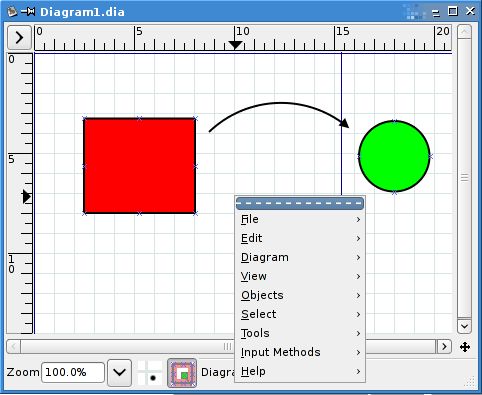I had a rather unfortunate happening today. I was leaving the supermarket, which is on this narrow, but busy street (too narrow for its needs, as the case often is here). I had reclaimed my bicycle from the over crowded bike stand and I was about to get on it. I had a loaf of bread in my left hand which wouldn't fit in my backpack, so my movements were a bit impaired.
Now this street is only wide enough to allow one motor vehicle to drive, so if there is a car coming in the opposite direction, you have to basically look for a space to squeeze in so you can pass each other. And there's normally quite a few cars on the street. On both sides you have these concrete poles every 2m to draw out a narrow sidewalk for pedestrians (but which is level with the street).
As I was making my way out, there was a van parked right up against the bike stand, which blocked my view in the direction I was going. On this street that's quite common. So just as I mount my bike and push off, I see around the van and there are two bikers coming at me at 3m away. Oops. I was too far out to pull back in behind the van, and it was too late to speed off as well, so basically I was stuck. Terrible timing. A woman rode the first bike, probably 40ish, the other biker was a bit behind. She hit the brakes and stopped just so her front tyre lightly bumped into my front wheel. An inexcusable traffic blunder on my part.
She came to a full stop, I was relieved. The other bike just behind her also stopped. I look up at her. She gives me a stern, but somewhat understanding glance. Says nothing. I say "sorry" and take off. This is the way people are here. Calm. Patient. They've figured out that getting mad doesn't do you any good. I forced her to come to a complete stop. Very annoying. But ultimately harmless, and nothing to get all riled up over.
But these are the kinds of blind spots we have. On my bike I maneuver just fine. Two minutes after the incident I caused a kid a bit of mild panic when he thought I was making a turn just in front of him and he was going straight. Of course I could see I would make my turn well before he could crash into me, so there was no risk. But these are the things we don't think about. On the bike, fine. But while getting on the bike with a heavy backpack and one hand not fully available, reaction time increases.

 September 11th, 2007
September 11th, 2007
